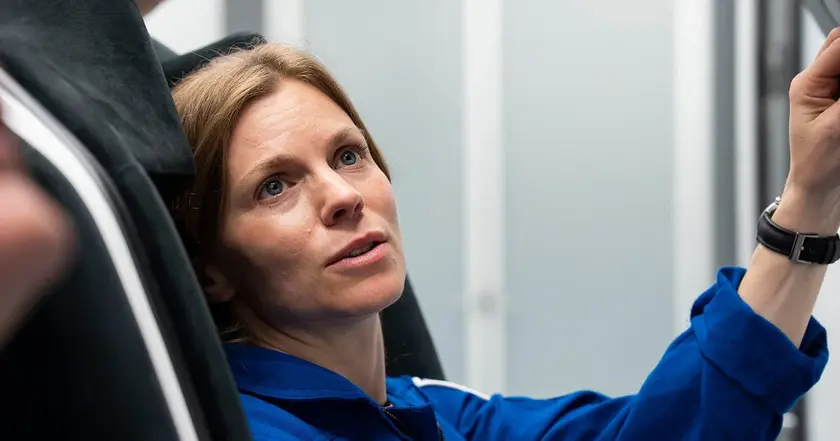T4K3.news
NASA updates commercial space station plans
NASA's Acting Administrator outlines new strategies to address budget shortfalls for upcoming projects.
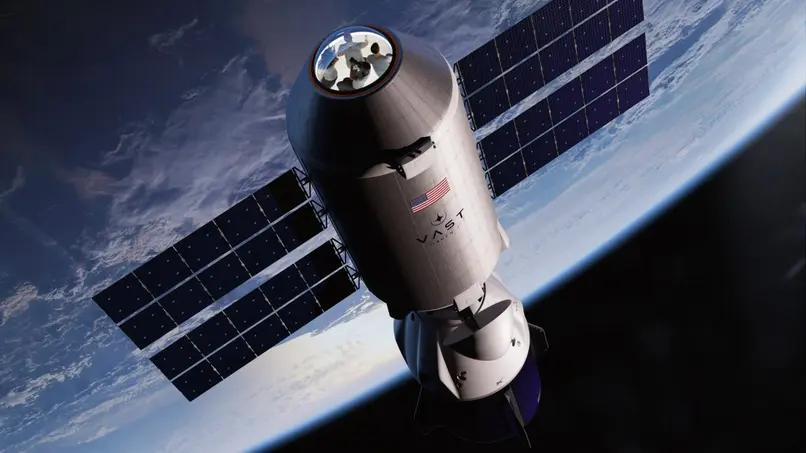
NASA revises its approach to developing commercial space stations in light of upcoming challenges.
NASA reshapes plans for private space stations
NASA is repositioning its strategy for commercial space stations as the International Space Station nears the end of its operational life. A newly signed directive by Acting Administrator Sean Duffy highlights the urgent need to adapt the agency's approach due to a projected budget shortfall of $4 billion. Current projects aim to offset a potential vacuum in low-Earth orbit after the ISS is decommissioned, yet concerns remain about whether new stations will be ready in time. This directive outlines a shift from seeking competition among private companies to a more collaborative framework, prioritizing readiness and cost-effectiveness.
Key Takeaways
"To meet the goals of a commercial system within the proposed budget, a modification to the current approach for LEO platforms is required."
Duffy emphasizes the necessity of altering NASA's strategy to meet commercial space station goals amidst financial constraints.
"There is up to a $4 billion shortfall in the budget NASA was expected to receive."
This financial challenge underscores the difficulties NASA faces in its plans for commercial space operations.
The implications of NASA's revised approach are significant. By moving towards collaboration with private entities rather than competition, NASA aims to expedite the development of commercial space stations. However, the agency's budget constraints raise questions about the feasibility of these plans. With China’s Tiangong station continuing its operations, NASA must act swiftly to retain a competitive edge in low-Earth orbit. This situation reflects broader trends in space exploration, where public agencies increasingly depend on private partnerships to achieve ambitious goals.
Highlights
- NASA adapts to secure private space station plans amid challenges.
- Urgent budget revisions expose risks in NASA's space exploration strategy.
- Collaboration emerges as the key to NASA's future in low-Earth orbit.
- China's Tiangong station intensifies the race for space dominance.
Concerns about budget shortfalls affect NASA plans
NASA's updated directive highlights a $4 billion budget deficit impacting the development of commercial space stations. This financial strain could delay vital projects in a competitive space race.
The success of this revised strategy remains to be seen amidst growing international competition.
Enjoyed this? Let your friends know!
Related News

Boeing's Starliner Delayed Until 2026
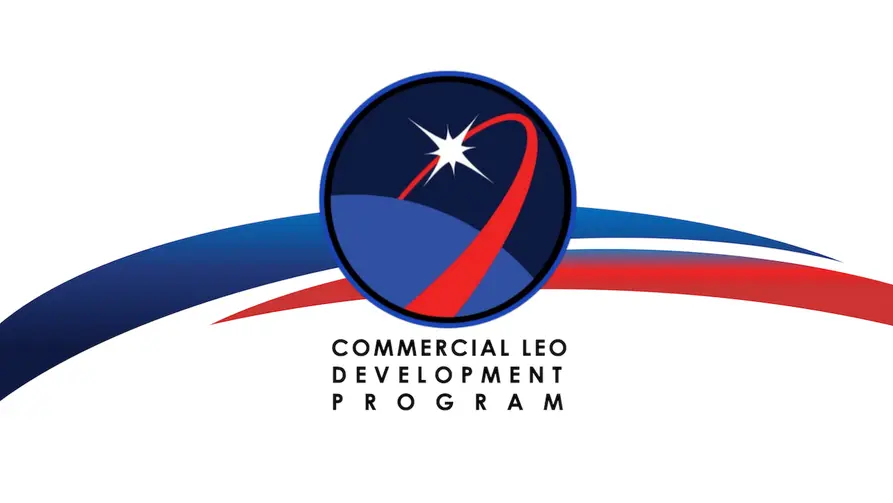
NASA reveals new strategy for commercial LEO space stations
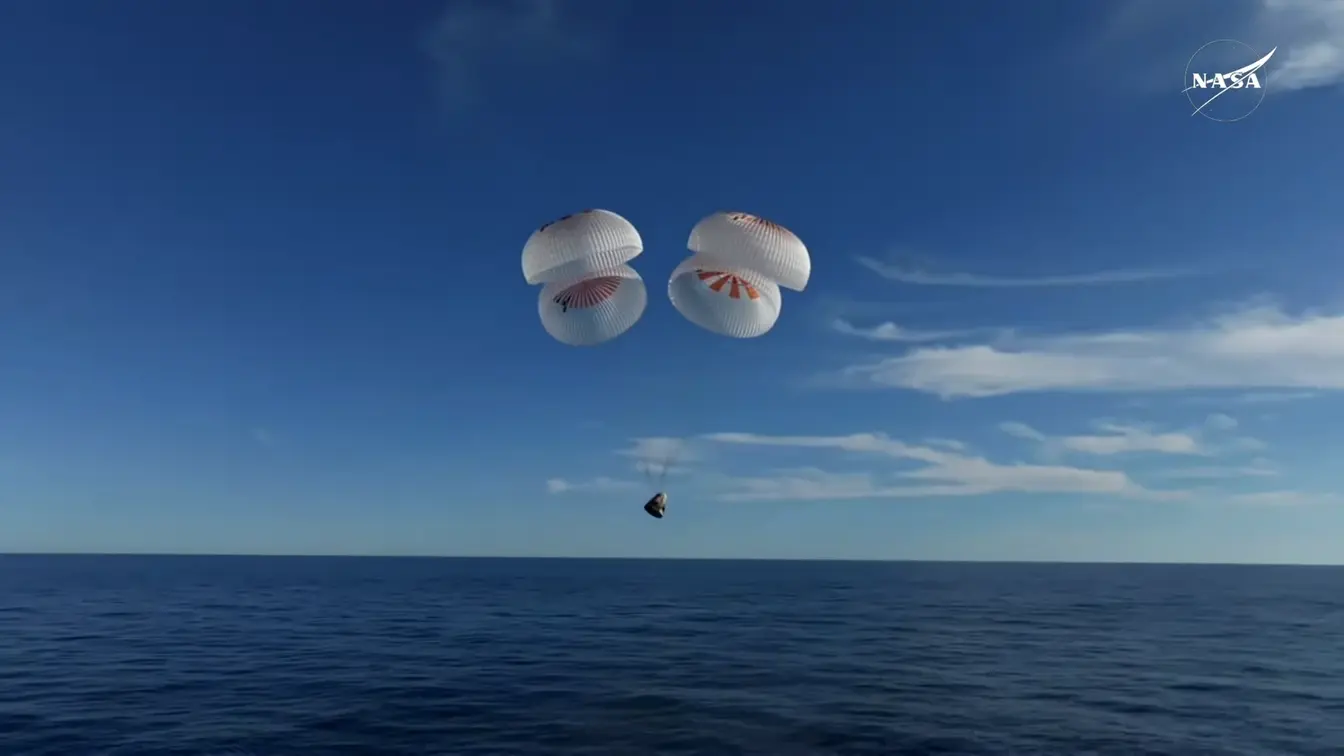
Crew-10 returns to Earth after five months in space
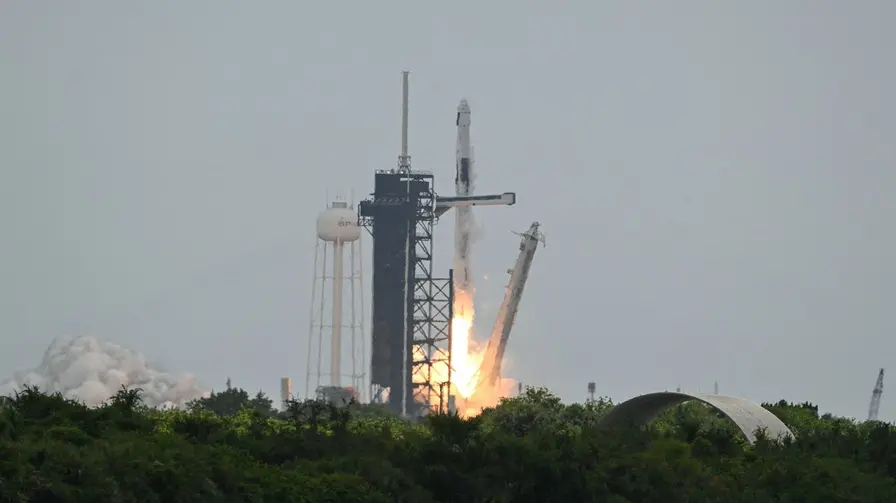
Crew-11 mission launches successfully from Florida
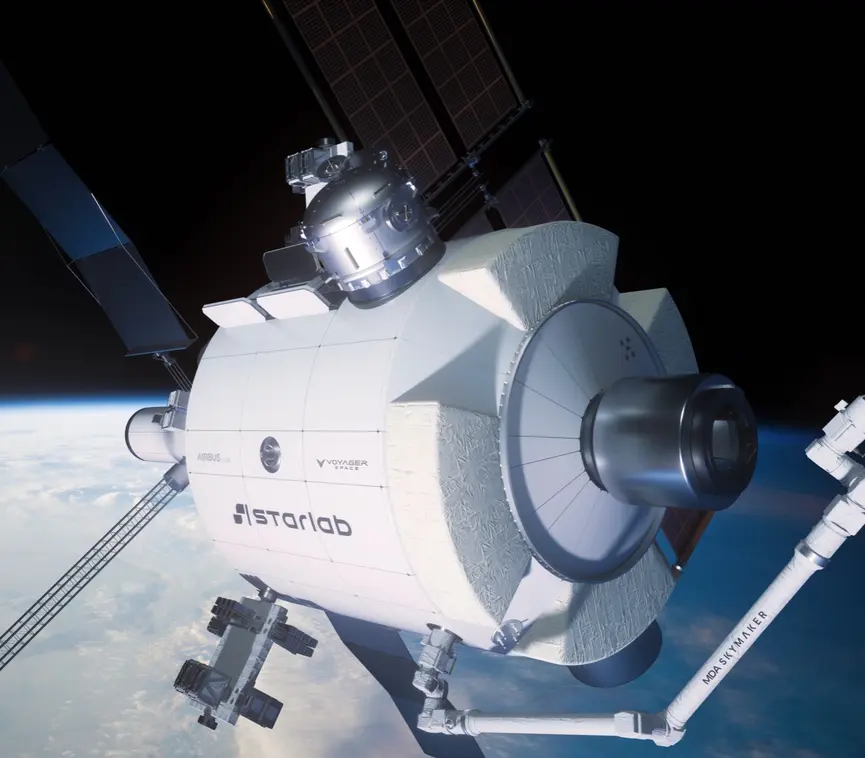
NASA alters plans for commercial space station development

SpaceX launches Crew-11 astronauts to the ISS
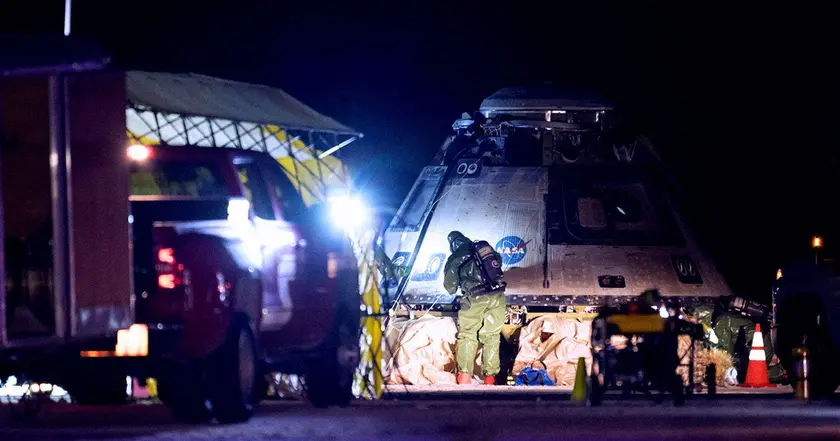
Boeing's Starliner struggles with delays and failures
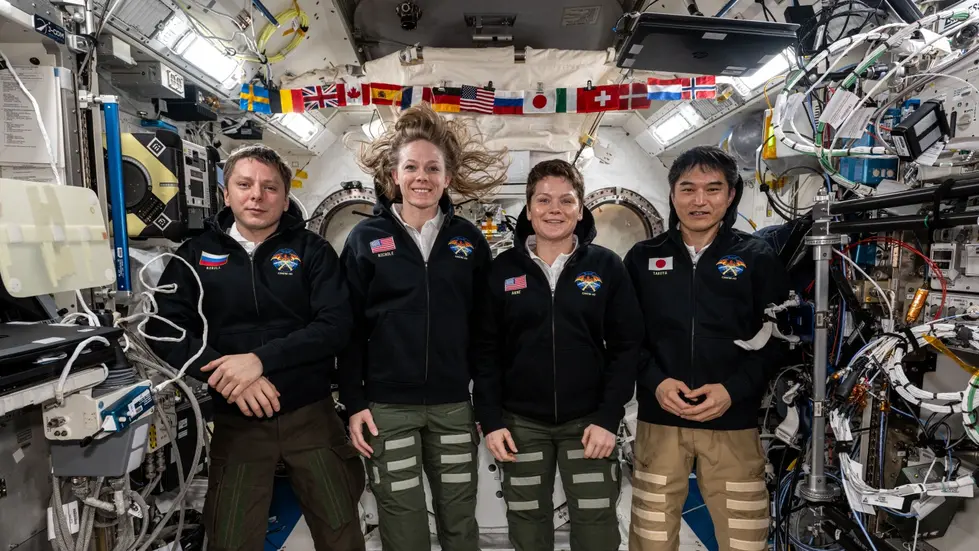
Crew-10 returns from ISS after five months
